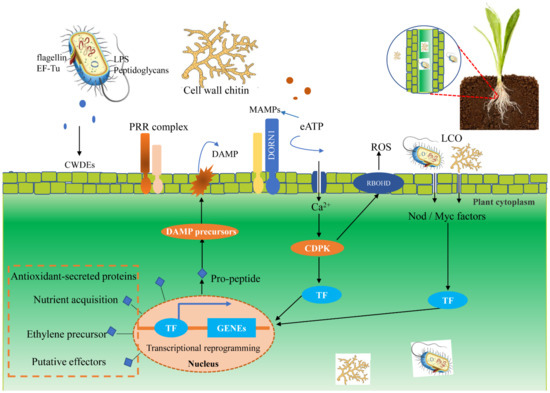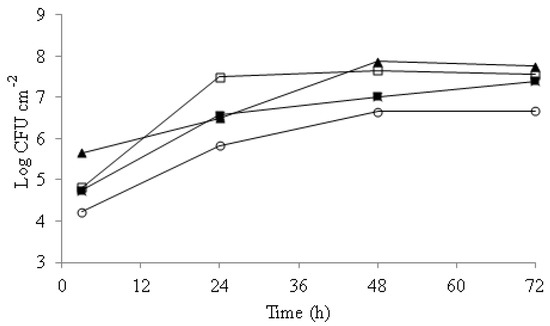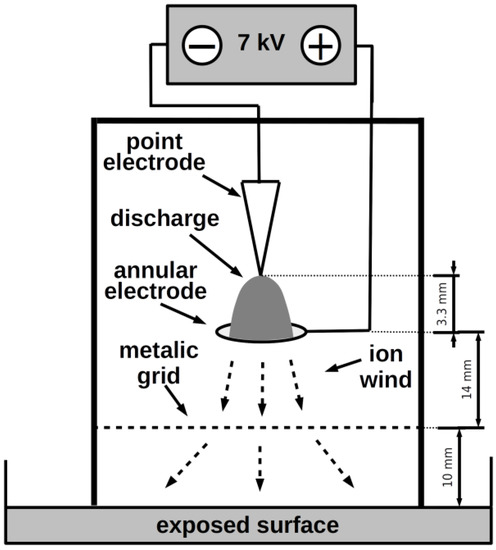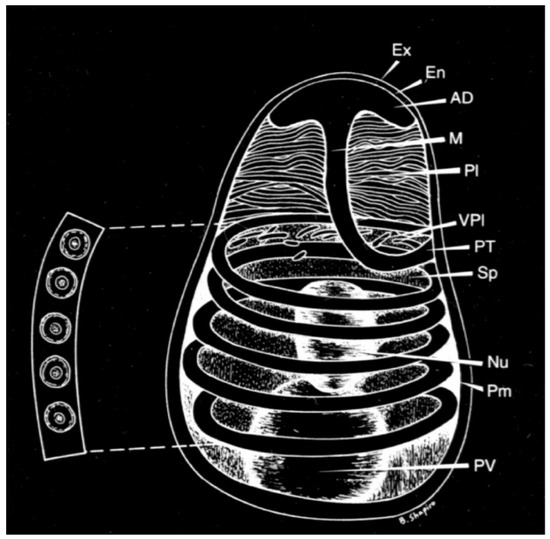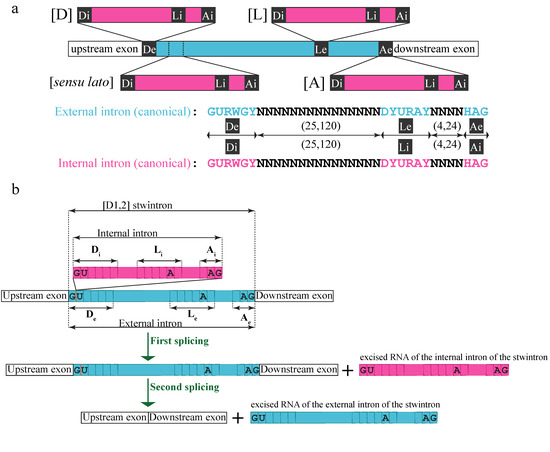J. Fungi 2021, 7(9), 724; https://doi.org/10.3390/jof7090724 - 4 Sep 2021
Cited by 11 | Viewed by 3141
Abstract
Fusarium ear rot (FER) caused by Fusarium verticillioides is one of the main fungal diseases in maize worldwide. To develop a pathogen-tailored FER resistant maize line for local implementation, insights into the virulence variability of a residing F. verticillioides population are crucial for
[...] Read more.
Fusarium ear rot (FER) caused by Fusarium verticillioides is one of the main fungal diseases in maize worldwide. To develop a pathogen-tailored FER resistant maize line for local implementation, insights into the virulence variability of a residing F. verticillioides population are crucial for developing customized maize varieties, but remain unexplored. Moreover, little information is currently available on the involvement of the archetypal defense pathways in the F. verticillioides–maize interaction using local isolates and germplasm, respectively. Therefore, this study aims to fill these knowledge gaps. We used a collection of 12 F. verticillioides isolates randomly gathered from diseased maize fields in the Vietnamese central highlands. To assess the plant’s defense responses against the pathogens, two of the most important maize hybrid genotypes grown in this agro-ecological zone, lines CP888 and Bt/GT NK7328, were used. Based on two assays, a germination and an in-planta assay, we found that line CP888 was more susceptible to the F. verticillioides isolates when compared to line Bt/GT NK7328. Using the most aggressive isolate, we monitored disease severity and gene expression profiles related to biosynthesis pathways of salicylic acid (SA), jasmonic acid (JA), abscisic acid (ABA), benzoxazinoids (BXs), and pathogenesis-related proteins (PRs). As a result, a stronger induction of SA, JA, ABA, BXs, and PRs synthesizing genes might be linked to the higher resistance of line Bt/GT NK7328 compared to the susceptible line CP888. All these findings could supply valuable knowledge in the selection of suitable FER resistant lines against the local F. verticllioides population and in the development of new FER resistant germplasms.
Full article
(This article belongs to the Special Issue Plant-Pathogenic Fusarium Species)
►
Show Figures





